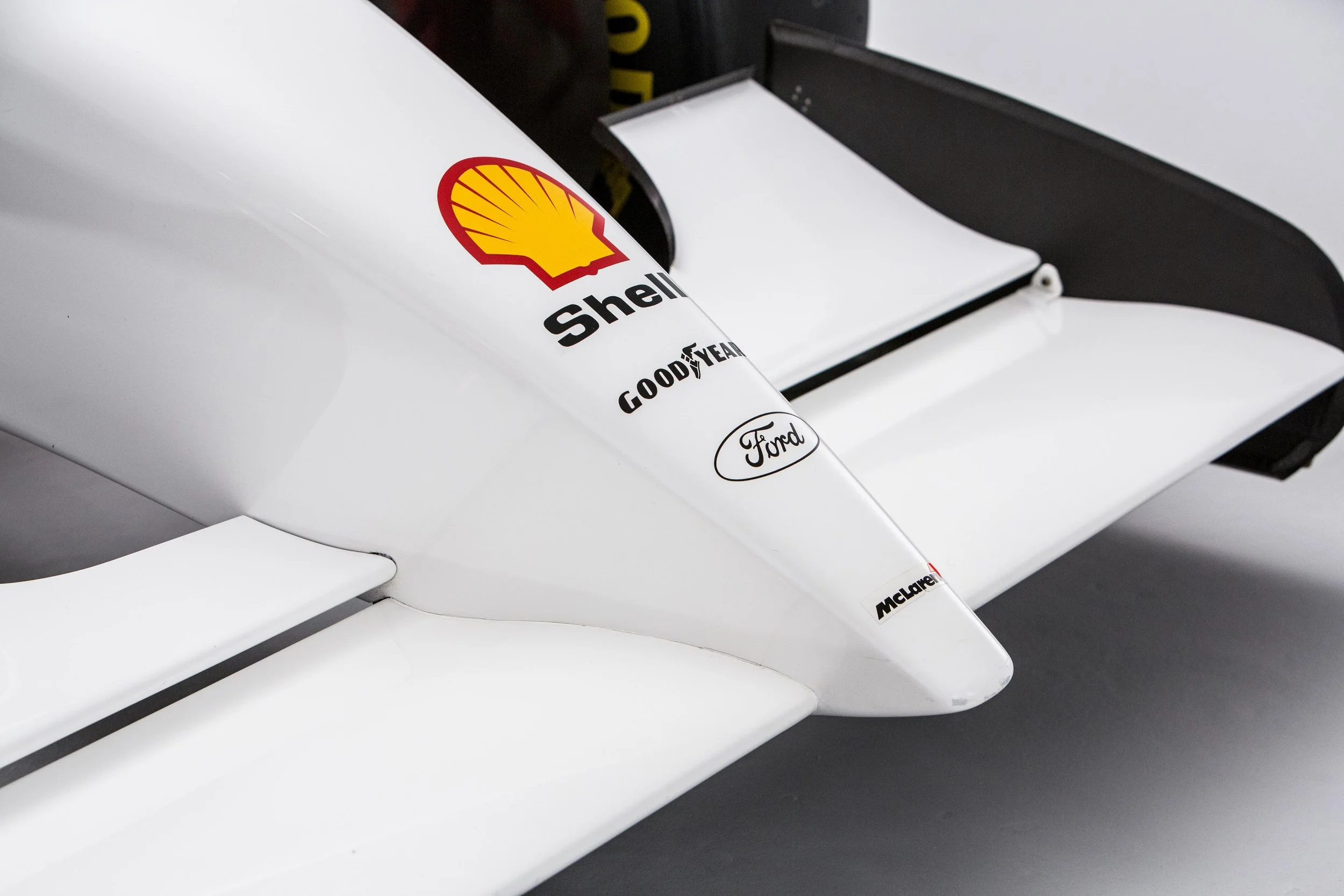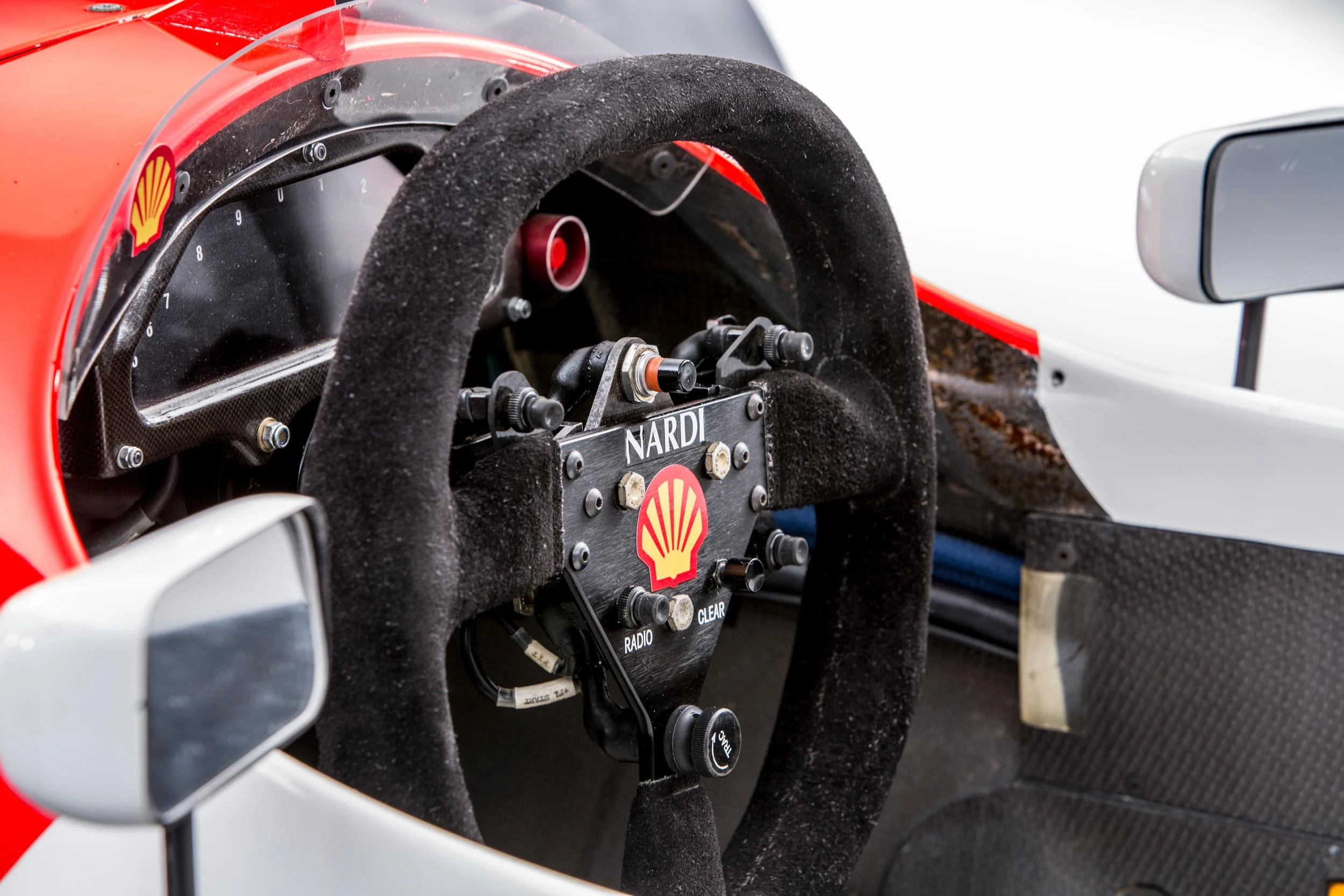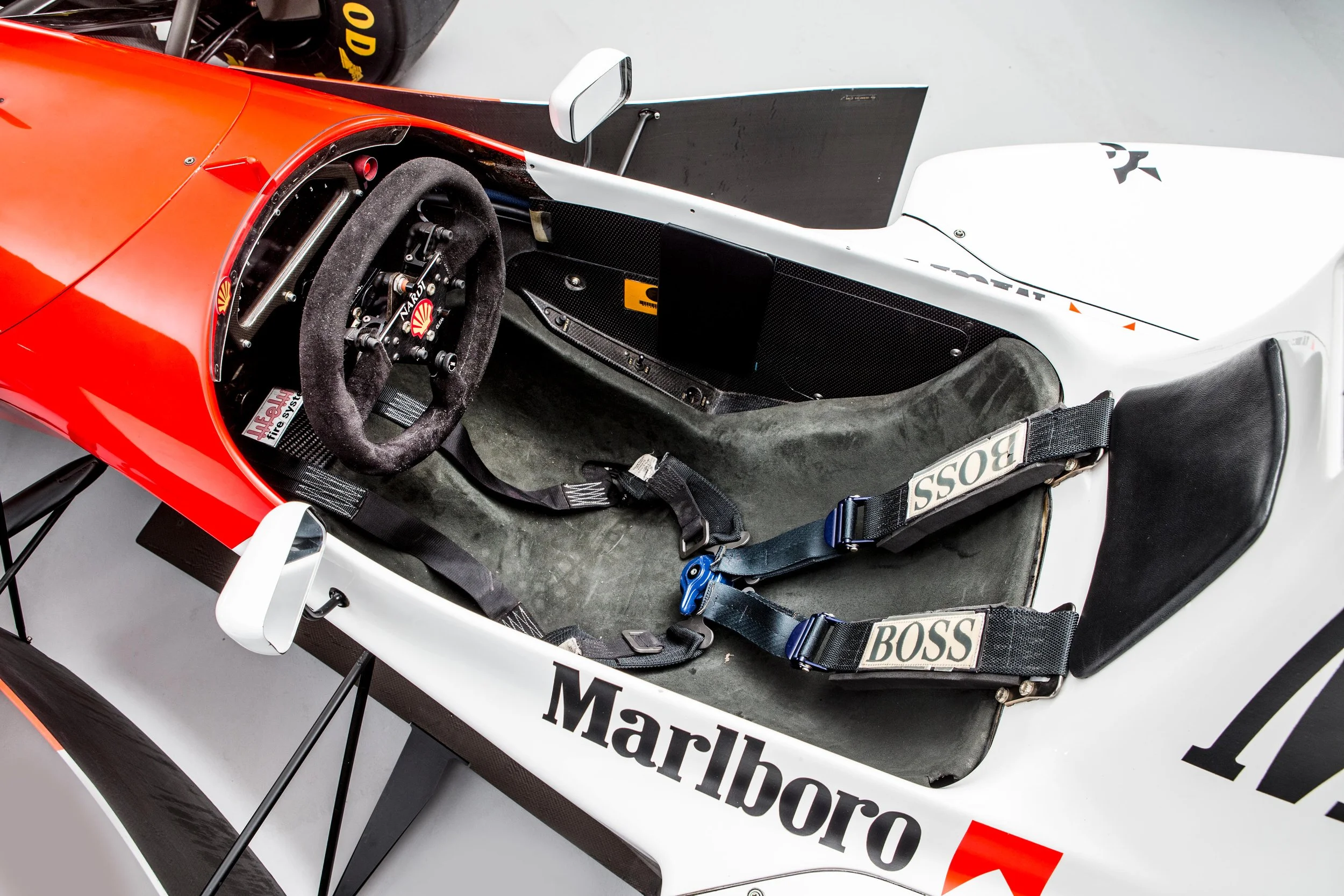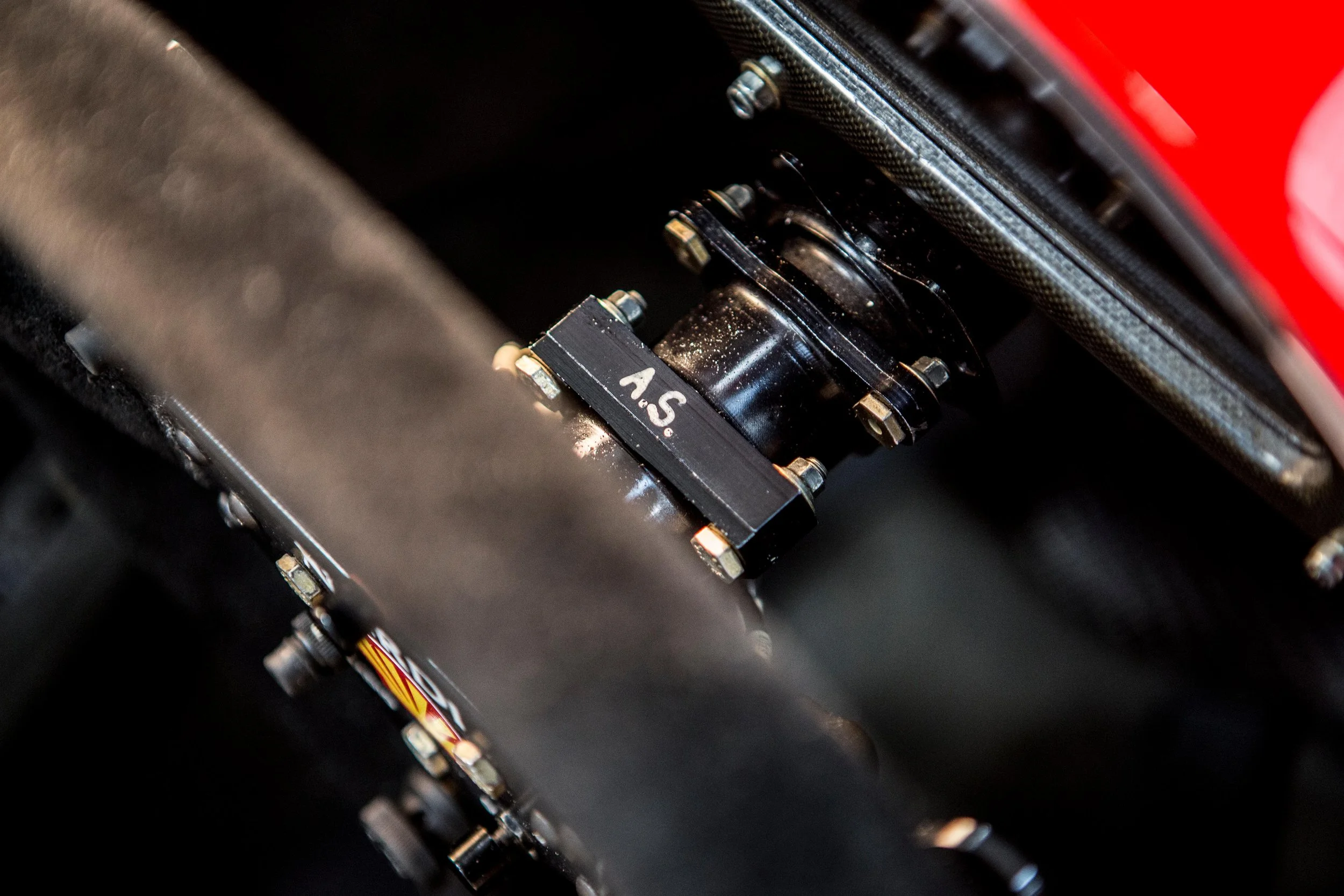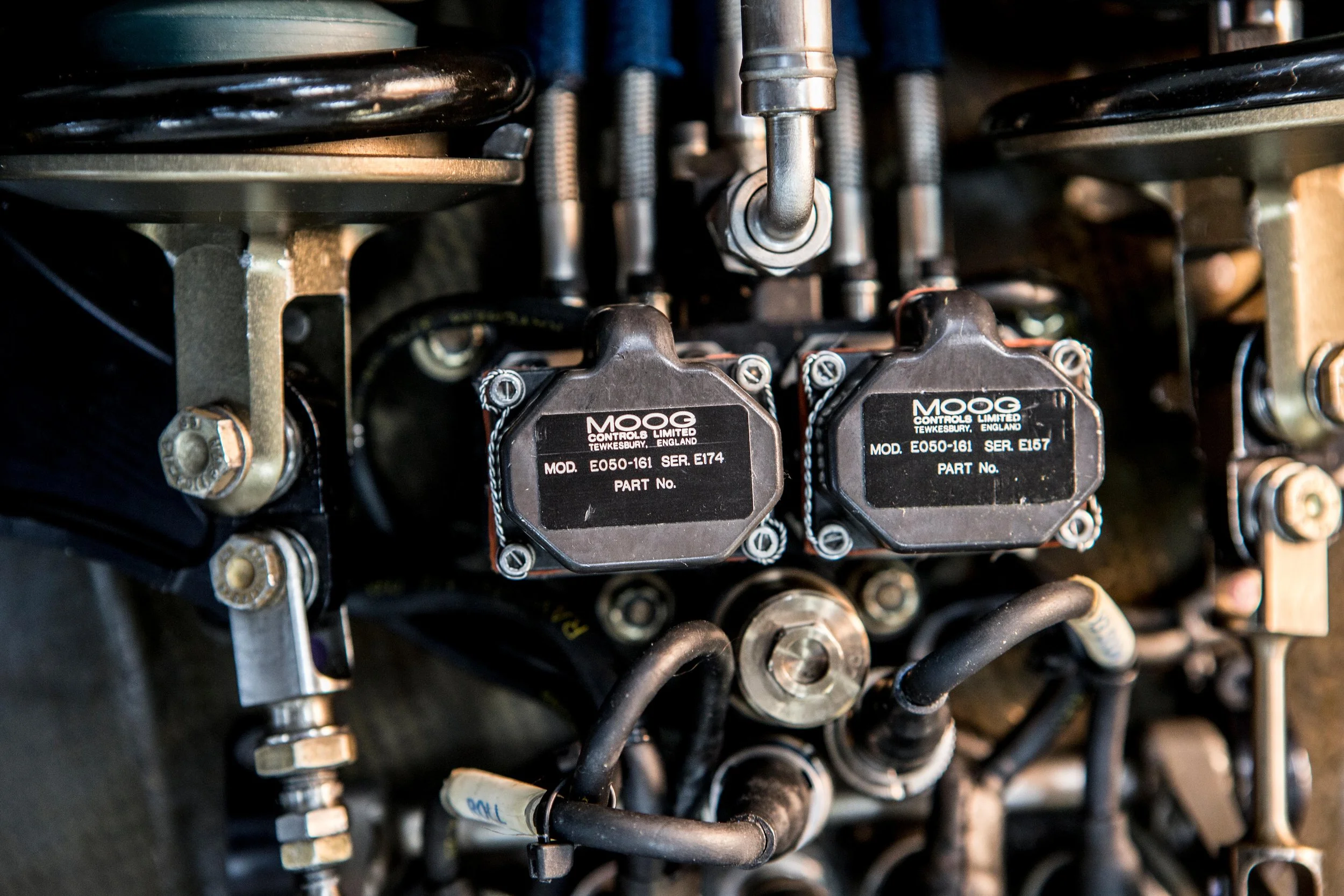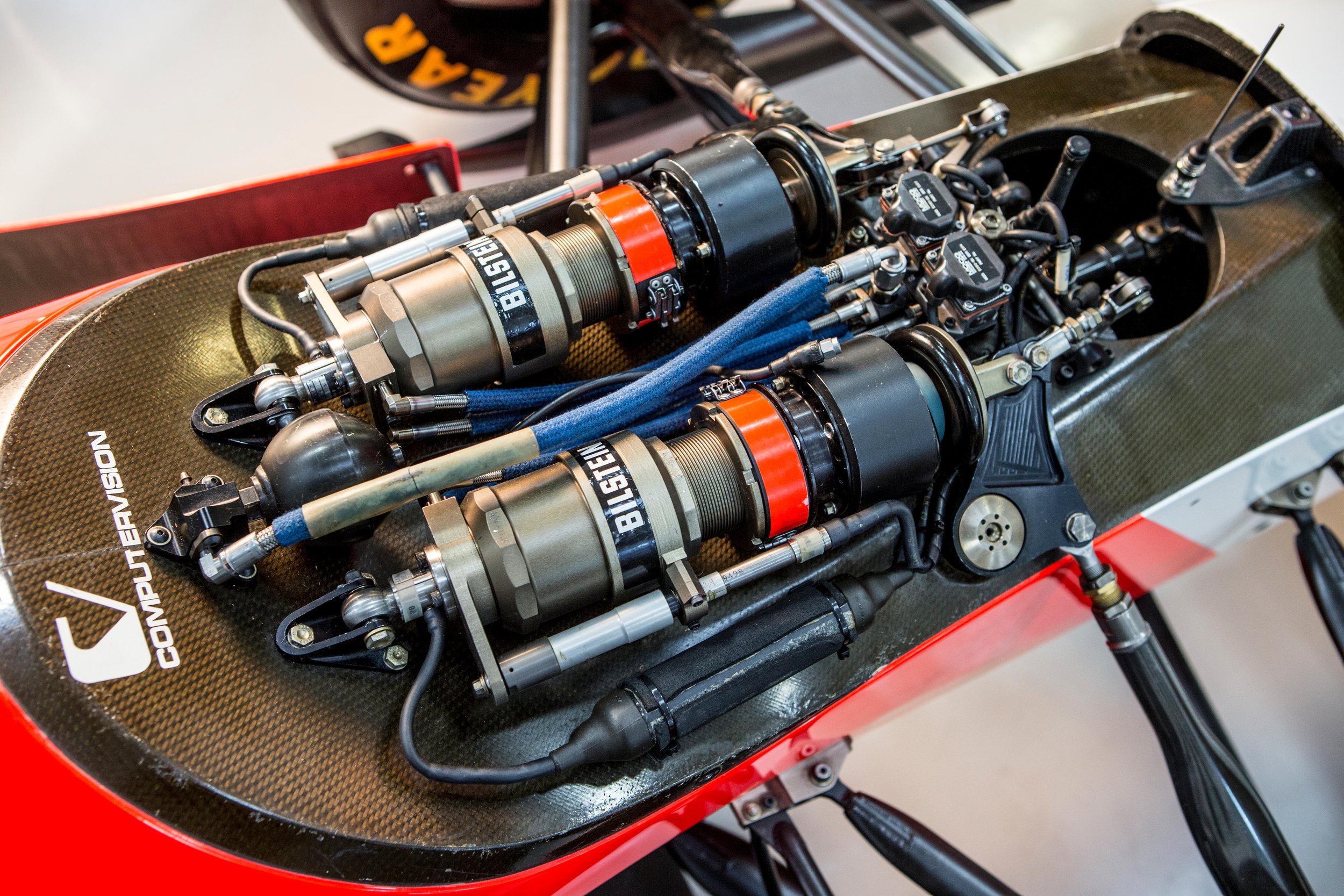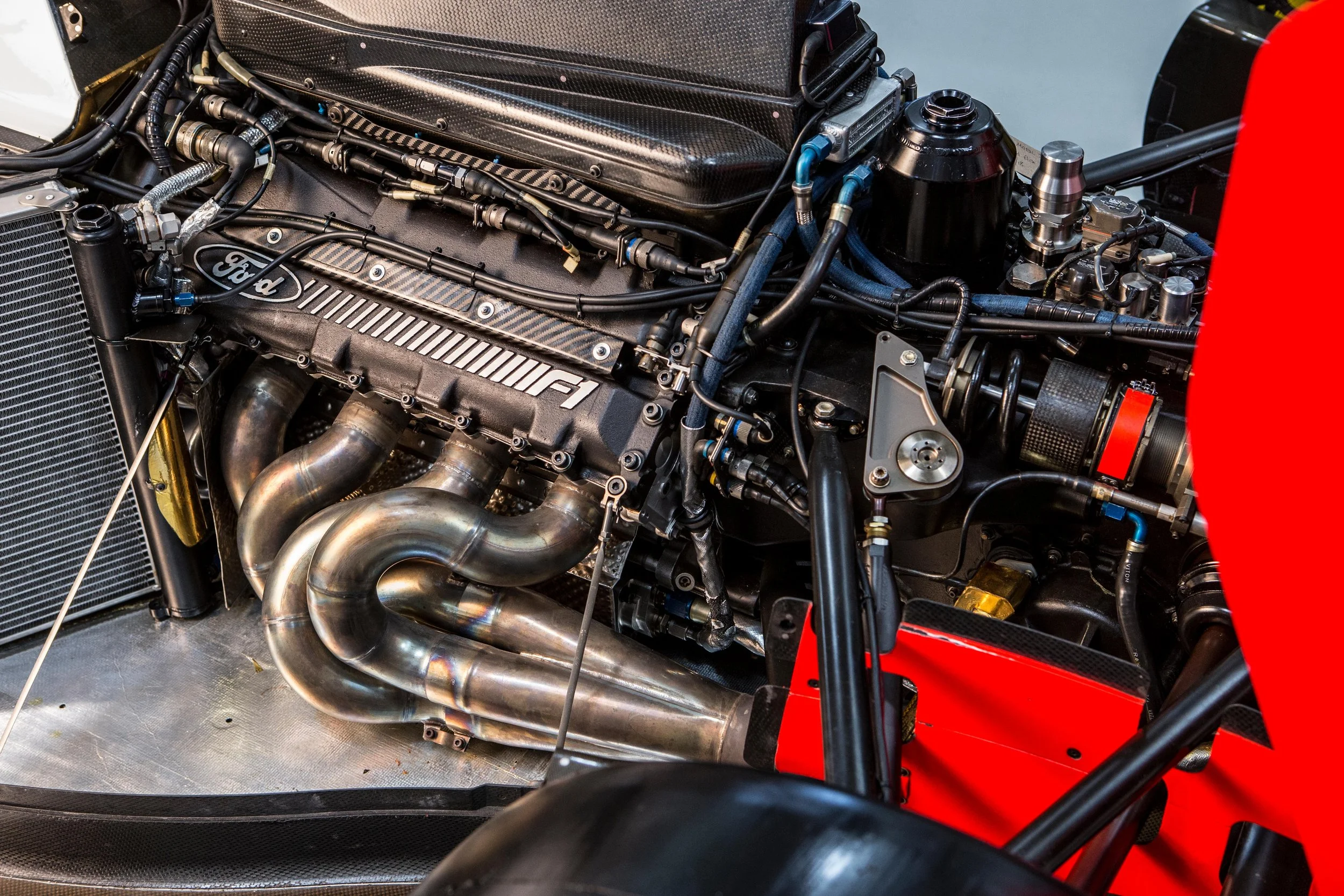The 1993 McLaren MP4-8A Chassis No. 6

Ayrton Senna’s 1993 Monaco GP-Winning McLaren-Ford MP4/8A (Chassis No. 6)
The 1993 Formula 1 season marked the end of an era for McLaren International, and the last campaign with the team for the brilliant Brazilian champion, Ayrton Senna. After six action-packed and dramatically successful years together, highlighted by World Championship titles in 1988, 1990, and 1991, Senna’s tenure with McLaren was coming to a close.
Throughout his career, Ayrton Senna became synonymous with breaking records and redefining excellence in Formula 1. Among his many accolades: the most wins from pole-to-flag in Grand Prix history, the most consecutive pole positions, the most front-row starts in a row, the most consecutive wins at a single Grand Prix (Monaco, finally achieved in this very McLaren-Ford), the most pole positions at one venue, and the highest percentage of front-row starts in a season, 100% in 1989. He ultimately claimed 41 victories from 161 Grand Prix starts. Combined with his electrifying driving style, there was no doubting Senna’s stature among the sport’s all-time greats.
As McLaren entered 1993, the team had just ended its long-standing and successful engine partnership with Honda. A new relationship with Peugeot was set to begin in 1994, but for the interim year, McLaren struck a last-minute deal with Ford to run Cosworth-built HB V8 engines, on loan, after Honda announced its withdrawal from Formula 1.
Senna was initially skeptical. The compact Ford V8s seemed unlikely to match the power and pace of the dominant Renault V10s in the Williams chassis, piloted by his former teammate and long-time rival, Alain Prost. Ultimately, Senna agreed to stay with McLaren for the season on a race-by-race basis, reportedly earning $1 million per start.
The team’s new MP4/8A, like the Monaco-winning chassis No. 6 featured here, was widely viewed as an underdog. But under Senna’s hands, it quickly proved to be a technical tour de force. By season’s end, the MP4/8A had emerged as one of the most competitive cars on the grid.
Senna drove chassis No. 6 in eight of the 1993 season’s World Championship–qualifying races. In its debut at the Spanish Grand Prix in Barcelona, he finished a strong second, trailing only Prost’s more powerful Williams-Renault. Then came Monte Carlo.
At the Monaco Grand Prix, things started disastrously. During Thursday’s free practice session, Senna suffered a high-speed crash at the Ste Devote corner, possibly due to a malfunction in the car’s advanced active suspension system. The crash occurred just six laps into the session, on a wet track. As Senna approached Ste Devote at high speed, the suspension seemingly misinterpreted a bump over a curb and suddenly lowered, reducing front-end grip at precisely the wrong moment.
The McLaren veered left into the steel barrier, then rebounded across the track and struck the opposite guardrail head-on at an estimated 100 mph (160 km/h). In that brief, terrifying moment, Senna later confided to close friends that he feared he might lose his legs or suffer serious injury.
But the carbon-composite survival cell in the McLaren’s chassis did its job. The car shed its suspension and wheels on impact, but Senna was largely unhurt, except for a strained thumb on his dominant left hand, injured as he held on to the steering wheel during the crash. It wasn’t something he’d normally do, but in classic Senna fashion, he was still trying to control the car even in disaster.
The McLaren crew quickly determined that chassis No. 6 was repairable and it was back in action within days. Senna, nursing a heavily bandaged thumb, qualified fifth in the wet and improved to third in Saturday’s dry qualifying. Still, the crash had clearly shaken him.
By Sunday, Senna was back in race mode. In 1993, approaching Ste Devote in MP4/8A-6, he reached 164.6 mph (265 km/h) in sixth gear, the 3.5-liter Ford HB engine screaming at 12,070 rpm. Mid-corner speed was 55.9 mph (90 km/h), dropping to 7,048 rpm in second gear.
He reached 160.9 mph (259 km/h) heading uphill to the Casino, then braked to 75.8 mph (122 km/h) at the Hotel de Paris. At Mirabeau, he hit 132.3 mph (213 km/h), then slowed to just 28.5 mph (46 km/h) at the Loews Hairpin. Through the tunnel, he reached a top speed of 172.1 mph (277 km/h), pushing the engine to 12,636 rpm in sixth.
From the harbor chicane to Tabac, from the swimming pool to La Rascasse, Senna sliced through Monaco’s impossibly tight circuit, lap after lap, corner after corner. On race day, he completed this grueling sequence 78 times, driving MP4/8A-6 to his sixth and final Monaco Grand Prix victory, a record that still stands.
It was the perfect demonstration of Ayrton Senna’s genius: precise, fearless, and unrelenting, even after a heavy crash just days earlier. The 1993 season would be his final chapter with McLaren, but one that ended with a masterclass in Monte Carlo, and a legacy sealed forever.
““Monte Carlo is special, and always has been for me, from my very first race here with Toleman, and throughout my career. And it continues to be special…
After my accident on Thursday I knew I had lost the edge, because the difference between going flat out here and going 99 per cent is big. And in that shunt I lost the 100 per cent possibility. We still tried to come back on Saturday, and again I touched the Armco in the chi-cane. I was thinking hard, before going to bed on Saturday, throughout the night, and then when I got up this morning...
I really was thinking positively about it. I didn’t think I would be able to take the lead on the first corner, but I would try to push the people ahead of me, even though I might not be able to cope with their speed.””
Article and Photos by ©️Bonhams
















